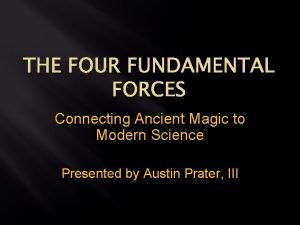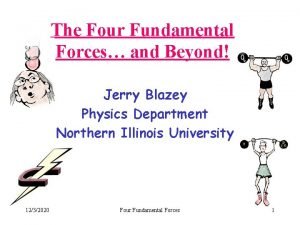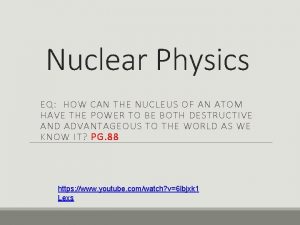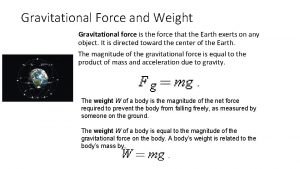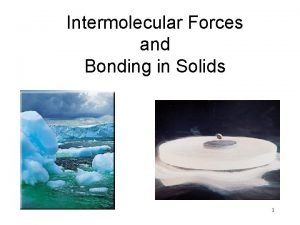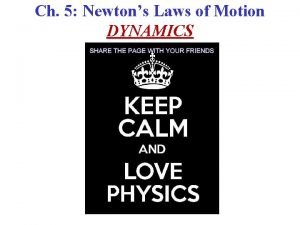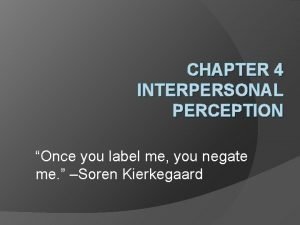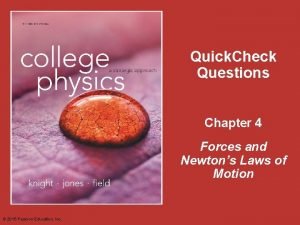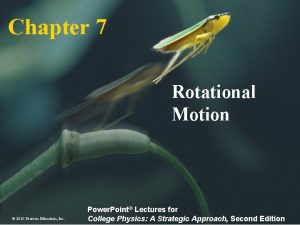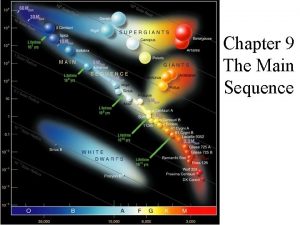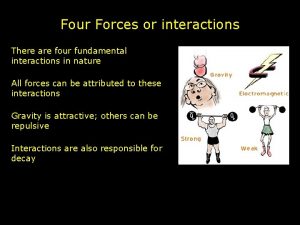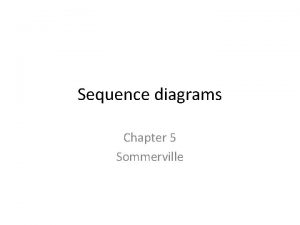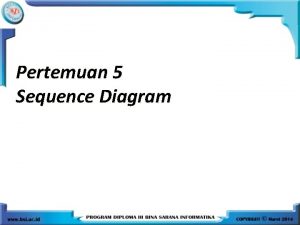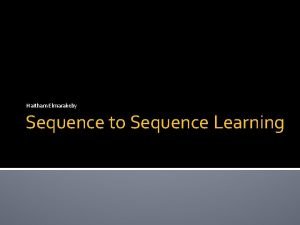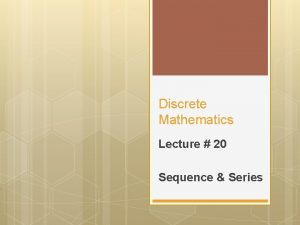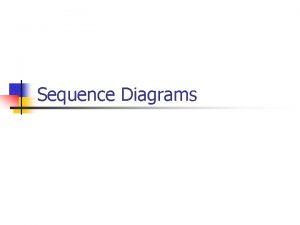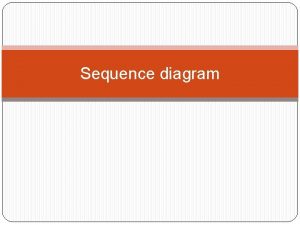Chapter 9 The Main Sequence Four fundamental forces



























- Slides: 27

Chapter 9 The Main Sequence

Four fundamental forces of nature

Hydrostatic equilibrium: negative feedback loop If core T drops, • fusion rate drops, • core contracts • heats up If core heats up, • fusion rate rises • core expands • cools down

Main sequence stars are modeled as concentric spherical shells in hydrostatic equilibrium Mass element dm Constant density Inward force = outward force

Binding energy holds a nucleus together: BE = total mass of each individual nucleon - mass of nucleus



The Coulomb barrier: 1 in 1085 particles has the energy to cross it

Wave function Probability distribution

Quantum tunneling

Gamow Peak: energy region where the reaction is more likely to take place Can’t tunnel through Coulomb barrier Few particles

Another view of Gamow peak

One of 3 branches of proton-proton chain


CNO cycle: C, N O atoms act as catalysts


T-dependence of pp chain and CNO cycle

Solar neutrino problem: Early searches for solar neutrinos only found ~1/3 the expected number of neutrinos

Solar neutrino problem: Early searches for solar neutrinos only found ~1/3 the expected number of neutrinos Neutrinos apparently can change form. According to nuclear physics theory, this means they must have mass! “flavor oscillation”

Super-Kamiokande in Japan. • 1 km underground (in a mine) • 11, 000 light-detectors in/around a pool of water • Neutrino can (rarely) interact with a proton • A particle is produced that moves faster than the speed of light in water • Causes an optical “sonic boom”







 Four fundamental forces
Four fundamental forces Four fundamental forces
Four fundamental forces Four fundamental forces of nature
Four fundamental forces of nature Weight and force
Weight and force Solid
Solid Basic laws of dynamics
Basic laws of dynamics Fundamental forces in interpersonal perception
Fundamental forces in interpersonal perception Give an example of unlike parallel forces
Give an example of unlike parallel forces The forces shown above are pushing/pulling forces
The forces shown above are pushing/pulling forces Intramolecular vs intermolecular
Intramolecular vs intermolecular Intermolecular forces vs intramolecular forces
Intermolecular forces vs intramolecular forces Intramolecular forces vs intermolecular forces
Intramolecular forces vs intermolecular forces What is contact force
What is contact force Unbalanced force
Unbalanced force What is constructive forces
What is constructive forces Arithmetic addition subtraction multiplication division
Arithmetic addition subtraction multiplication division Four fundamental oop concepts
Four fundamental oop concepts Sacred 7 medical
Sacred 7 medical Nucleotide sequence vs amino acid sequence
Nucleotide sequence vs amino acid sequence Pseudocode sequence
Pseudocode sequence The difference between will and going to
The difference between will and going to Convolutional sequence to sequence learning
Convolutional sequence to sequence learning Main actors and forces in a modern marketing system
Main actors and forces in a modern marketing system Marketing environment
Marketing environment Larry lessig four forces
Larry lessig four forces Forces that change motion quick check
Forces that change motion quick check Energy release quick check
Energy release quick check 2010 pearson education inc answers
2010 pearson education inc answers
